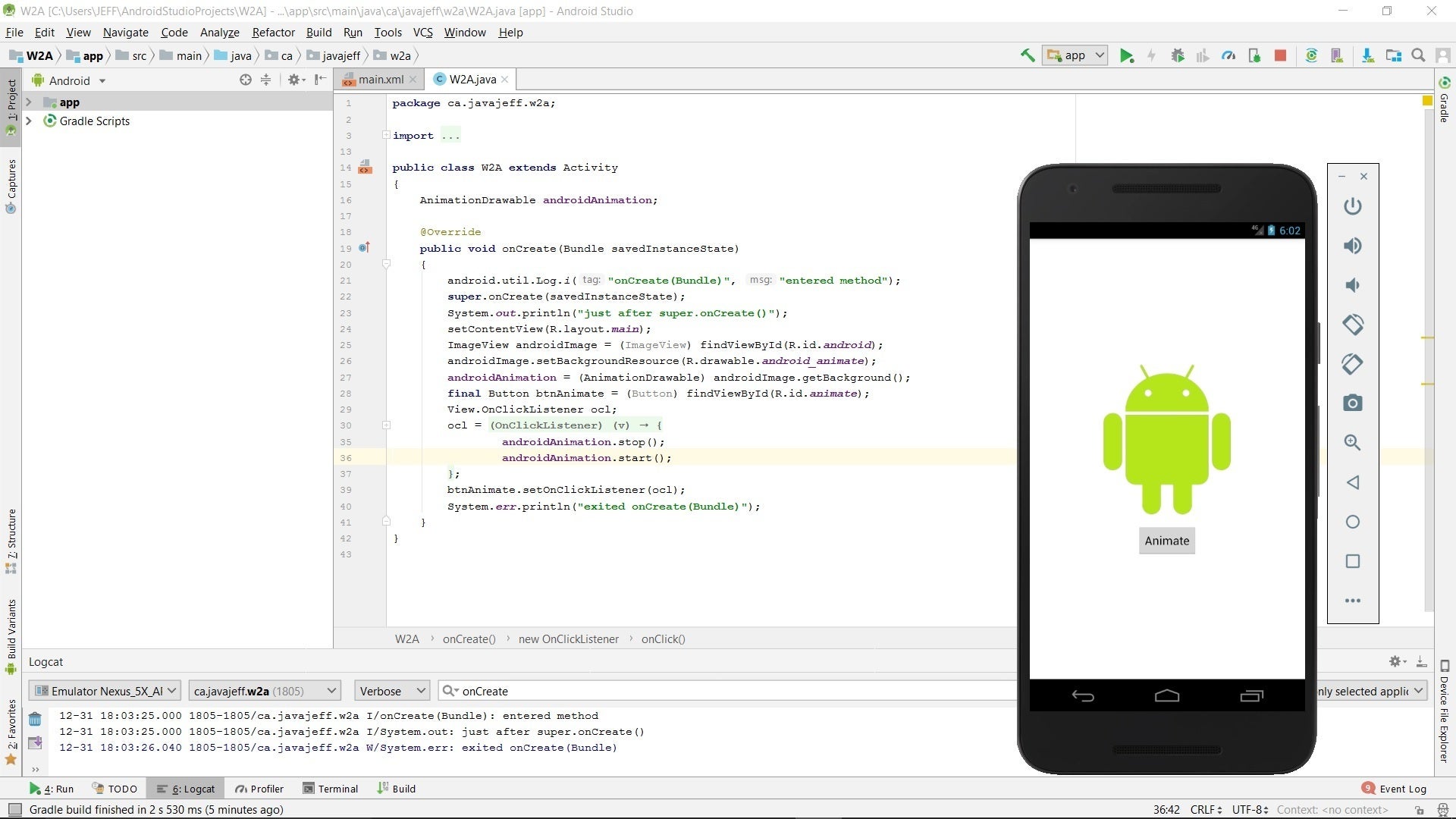

The sample app in this tutorial uses the MVVM architectural pattern. Kotlin Coroutines Tutorial for Android: Advanced.Kotlin Coroutines Tutorial for Android: Getting Started.You can check out these tutorials to familiarize yourself with Coroutines: You must also have a basic understanding of Kotlin Coroutines to follow along with this tutorial. If you’re completely new to the topic, please check out our Beginning Android Development with Kotlin series first. Restart will clear the log and restart it.Īs we placed the Log methods in the OnCreate () method, so as soon as this method is triggered ,we will see the log messages.Note: This tutorial assumes you have a solid knowledge of Android development. Up the stack trace and Down the stack trace for navigating up and down the stack traces. Scroll to the end will let you see the latest log messages. To change this, you can filter Logcat messages by using buttons on the Logcat window sidebar.

By default Logcat shows all the messages of your application. If you don’t, then go to View > Tool Windows > Logcat or click on Logcat in the tool window bar. You should be able to see all the log messages of your application in the Logcat console. Public class LoggingExampleActivity extends AppCompatActivity ) īuild and run your app on a device or an emulator.


It is the main content of the log message. A TAG can be any string that you find helpful (eg: name of the class). You can define a global static string in the application and hence you can use log filters to limit the log output to specific data. Log.d(String tag, String msg, Throwable tr) (least used as it records more info than usual logging)


 0 kommentar(er)
0 kommentar(er)
